It's still dark outside when Gianni Crea pushes open the imposing entrance door to the Vatican Museums, a heavy ring of keys in his hand.
Soon he is moving through the deserted corridors to open the doors of some of the most visited galleries in the world.
"There are exactly 2,797 keys... Each one has between one and five copies, so we have more than 10,000," said the 51-year-old Roman, who knows every lock by heart.
From Bramante's spiral staircase to the Gallery of Maps, Crea's silhouette weaves its way through the museums, between marble sculptures, Roman antiquities and Renaissance paintings.
In a few hours, thousands of tourists will be crowding into the museums' 1,400 rooms.
But before dawn, only the tinkling of a metal key ring disturbs the silence of the darkened halls containing masterpieces by Raphael, Leonardo da Vinci or Caravaggio.
"Every nook and cranny is a piece of history," says Crea, wearing a suit and tie, as he illuminates the works with his flashlight.
To cover the seven-kilometre route (4.3 miles) both morning and night, he supervises a team of ten "clavigeri" or "keepers of the keys".
"The museums are divided into four zones so every clavigero opens between 60 and 75 doors, so a total of more than 270 doors a day," he explains.
After 25 years, the history buff still marvels at his job: "There are always things to learn."
VIP tour
Among the mass of keys attached to a thick steel ring, certain examples stand out. The oldest, dating from 1771 and opening the Pio Clementino Museum, measures around fifteen centimetres (five inches).
Others bear a yellow label: these are used during the conclave to lock the doors leading to the rooms where the cardinals meet to elect the pope.
But the most precious is the only one without a number. It gives access to the famous Sistine Chapel and its vault decorated with Michelangelo's frescoes.
According to strict protocol, it is placed each evening in a sealed envelope and kept in a safe, itself protected within a narrow room with a reinforced door next to an official photo of Pope Francis.
In recent years, Crea's morning tour has become less solitary: with a VIP ticket small groups of up to 20 visitors can accompany him, enjoying the museums in their rare uncrowded state.
"I said to myself: no one will ever come at 5 o'clock in the morning. But it was a brilliant idea," he enthuses.
Pope's home
The tour begins in a spacious varnished wooden elevator and ends with a unique panorama of the Eternal City and the lush greenery of the Vatican Gardens, topped by the dome of St Peter's Basilica.
But the highlight is seeing the Sistine Chapel, a jewel of art and architecture, without hordes of visitors and their noise.
There is silence, with guests able to "contemplate all the works alone, in complete tranquillity", Crea says.
With the help of a parish priest, Crea was hired in 1998, back then just one of three key-keepers.
"In the beginning, my job was just to open and close," he recalls.
Later on, Crea began studying different languages – English, Spanish, French – and developed his knowledge of art history.
"These are actually our roots, and I'm very happy about this."
He has worked under three popes – John Paul II, Benedict XVI and now Francis – but has yet to give the current Argentine pontiff a private tour.
"This is his home, so he can come whenever he likes," Crea says.
related news
by Clément Melki, AFP


















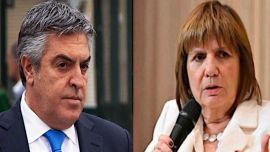
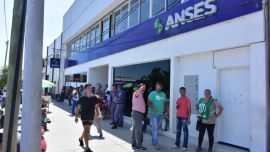
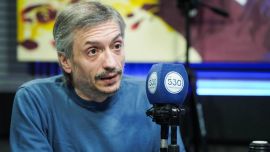
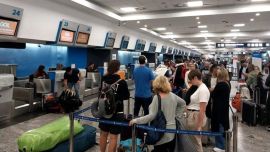
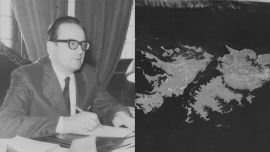
Comments